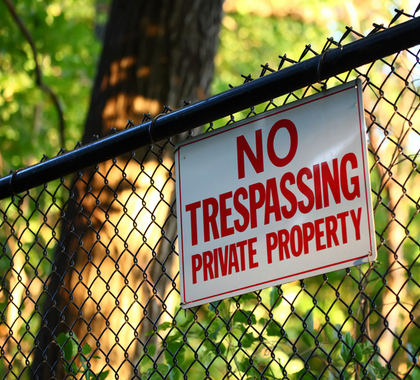Portland, Oregon metro area voters approved a $475 million bond plan to finance land acquisitions for parks and other green-space initiatives.
The bonds were approved by a nearly two-to-one margin by voters in the tri-county region even though specifics for some of the projects were not disclosed to the public.
Initial meetings will begin soon to launch projects at several parks, and staff of the Metro Council, the regional government (Metro), will begin purchasing private land and securing easements to protect stream corridors, stated Council President Lynn Peterson, The Oregonian reported on November 5, the day the plan was approved.
Metro currently manages 17,000 acres of regional parks and nature areas as well as the Oregon Convention Center, the Oregon Zoo, the Portland Expo Center, 14 cemeteries, and a landfill.
Metro Bond Package
All Metro-funded projects “advance racial equity and climate change resilience,” Metro’s strategic plan states. Metro area voters approved bond measures in 1995 and in 2006, and most of that money has been spent on more than 14,000 acres of land, of which less than 12 percent are available for public use.
Instead of providing a list of specific projects on which the nearly half-billion dollars would be spent, backers of the bond issue laid out six broad program areas that would receive funding.
The funding for the six program areas would be $155 million to buy and restore lands to improve water quality and habitats; $98 million to complete several nature parks, including Chehalem Ridge in Washington County; $92 million to distribute to local parks agencies; $40 million to boost Metro’s Nature to Neighborhoods program; $40 million to build or complete walking and bike lanes; and $50 million for “complex community projects,” including $20 million to help provide public access to Willamette Falls in Oregon City.
Metro officials defend their policy of not specifying where land for parkland and other projects would be purchased by arguing such disclosures would drive up the price of the land.
Behind the Numbers
There is more behind the money distribution than meets the eye, says Eric Fruits, vice president for research at the Cascade Policy Institute.
“The $92 million to be distributed to local parks agencies will be on a per capita basis,” Fruits said. “It’s widely known this is a payoff to get buy-in and support from these jurisdictions because it’s easy to endorse a tax increase if you’re getting a share of the money.”
Nature in Neighborhoods, a small grant program that supports community projects and programs across the region, from local park improvements to stream restoration to nature education, is generally regarded as one of Metro’s most popular programs, says Fruits.
“It’s a grants program, and any program that hands out money with little oversight is going to be popular, particularly among those getting the handouts,” Fruits said. “There’s no reason to issue nearly half a billion dollars in bonds to fund a $3 million to $4 million a year program. If the program is so important and so popular, then the Metro regional government should pay for it out of its general funds.”
Paying the Bill
The bond comes with an assessment that amounts to about 19 cents per $1,000 of assessed value, or $47.50 per year on a home assessed at $250,000. Metro’s official figures deserve closer scrutiny, however, says Duggan Flanakin, a senior policy analyst with the Committee for a Constructive Tomorrow, a Washington, D.C. nonprofit that promotes free-market environmental and land use policies.
“It seems disingenuous to post estimated taxes on a home worth $250,000 when the median home value in Portland is $417,000 and climbing, without noting how many houses will be removed from the area tax rolls,” Duggan said.
Metro could force landowners to sell the land it wants, says Flanakin.
“It is one thing to take undeveloped land, quite another to use eminent domain to reduce your tax base significantly,” Duggan said. “If this bond issue only covers costs associated with land acquisition, one wonders at the number of new public employees and even maintenance costs. Portlanders—as is usual in many other cases—are not being told the real costs of these projects.”
Stuck in Low Incomes
The purchase of private land by government drives up the cost of housing and business property by removing available land from the market, and that is one of the ways government creates barriers to entrepreneurship, states the study “Entrepreneurship as a Pathway to the American Dream,” by Wayne Winegarden, published by the Pacific Research Institute on Oct. 30.
Lower-income entrepreneurship is key to reducing poverty in the United States, writes Winegarden.
“Harmful government policies and regulations make it tough for those at the bottom to get their startups off the ground, hire more people, and make a better life for their families,” Winegarden wrote.
Bonner R. Cohen, Ph.D. ([email protected]) is a senior policy analyst with the Committee for a Constructive Tomorrow.
Internet Info
Wayne Winegarden, “Entrepreneurship as a Pathway to the American Dream,” Breaking Down Barriers to Opportunity #2, Pacific Research Institute, Oct. 30, 2019: https://heartland.org/publications-resources/publications/pacific-research-institute-report-entrepreneurship-as-a-pathway-to-the-american-dream





